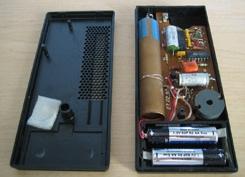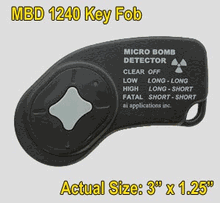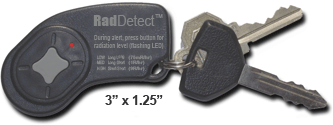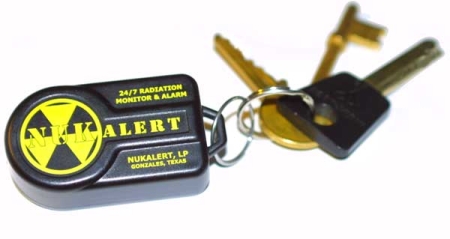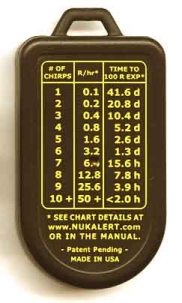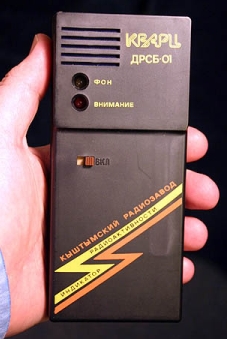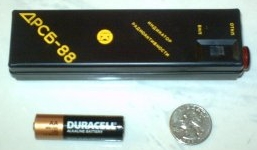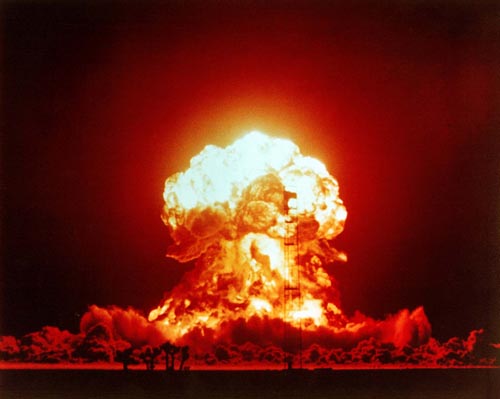|
PROPOSAL:
I would feel a lot better (that is, sleep more peacefully at night)
if my fellow citizens and I were carrying radiation detectors ---
some on our persons or some in our cars --- on the subway to work,
at work, to shopping malls and amusement parks and stadiums,
on vacations, etc.
In other words,
scenarios where I would envision people serving as 'distributed
radiation alerters', via a small radiation detector carried on their
person, are in a subway station or subway car, in an air terminal or
airplane, in a bus terminal or bus, in a railroad terminal or
railroad car, on a waterfront, on a boat or ferry,
in a public building like a library or a mall or a stadium,
or on a crowded city street.
You can start finding more information on the issue of
radiation contamination at
this wikipeida.org web page.
If I find any interesting links (such as info on small nuclear
explosions like the one in Germany that I mentioned above),
I will post them here.
Some Detectors :
I have done some searching on the internet for affordable radiation
detectors --- detectors sufficient to give warning of danger, so that
authorities can be notified, to investigate with more sophisticated
detectors.
It turns out that most advertised radiation detectors available in the
U.S. cost from about $100 to about $800. On the other hand, there are
some simple-but-reportedly-effective detectors available from Russia
(motivated by the
Chernobyl disaster, no doubt) that are available
for about $20 to $80.
I include links, below, to some sites with information about these
various radiation detectors.
Some of the links provide information on radiation types (alpha, beta,
gamma, X), units of measure (Roentgens, rem, Sieverts, Grays, Curies),
and radiation levels --- from "background" radiation to
radiation levels from various common and uncommon sources.
|
